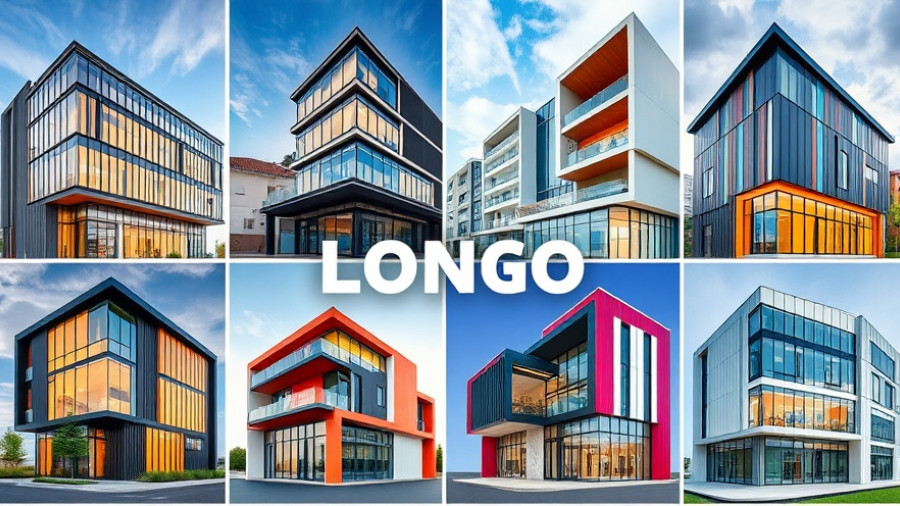
Why Fall Protection Remains a Leading Concern
For the fifteenth consecutive year, fall protection has topped the Occupational Safety and Health Administration's (OSHA) list of the most frequently cited safety violations in the workplace. This enduring issue raises significant questions for business owners, property developers, and facility managers regarding safety protocols and investments in infrastructure. With countless injuries arising from falls, it’s crucial for leaders in these industries to understand why this continues to be a dominant concern and what proactive measures can be implemented.
Understanding the Cost of Fall-Related Injuries
From a business perspective, neglecting fall protection not only jeopardizes worker safety but can also lead to substantial financial repercussions. The National Safety Council estimates that the average cost of a fall injury can exceed $40,000 when factoring in medical expenses, legal fees, and loss of productivity. Health-conscious businesses and socially conscious homeowners alike should recognize that investing in safety is not merely a compliance issue; it's a financial imperative that can mitigate long-term costs.
Exploring Effective Safety Measures
One of the most effective responses to this persistent issue is the implementation of comprehensive fall protection programs. Investing in guardrails, safety harnesses, and proper training for employees is vital. Additionally, the use of technology can enhance safety features on construction sites. From drone inspections to augmented reality training programs, modern tools can markedly improve awareness and compliance. Businesses and developers should consider transparent communication about safety measures as an essential component of their operational integrity.
Real-World Impacts of Safety Violations
Looking at case studies where organizations have fostered a culture of safety demonstrates the measurable benefits of effective fall protection practices. For instance, a mid-sized construction firm in Texas reported a 30% reduction in workplace injuries simply by enhancing their training protocols and investing in appropriate protective equipment. These success stories serve not only as a testament to what can be achieved but as a blueprint for others facing similar challenges. They vividly illustrate how prioritizing safety leads to enhanced productivity and a more positive workplace culture.
Future Implications: Safety Cannot Be Overlooked
As OSHA continues to emphasize fall protection, the trend shows no signs of reversing. By focusing on safety, property developers can not only meet regulatory requirements but also foster a reputation for reliability in the eyes of both clients and workers. As business owners and facility managers navigate the complexities of today's construction landscape, investing in safety is not merely an option—it's a necessity.
In conclusion, understanding and implementing effective fall protection measures can significantly enhance workplace safety and lead to improved business outcomes. By taking proactive steps, businesses can protect their most valuable asset— their workforce. Now is the time to assess your safety measures and ensure your business is not on the wrong side of OSHA’s list.
 Add Row
Add Row  Add
Add 




Write A Comment